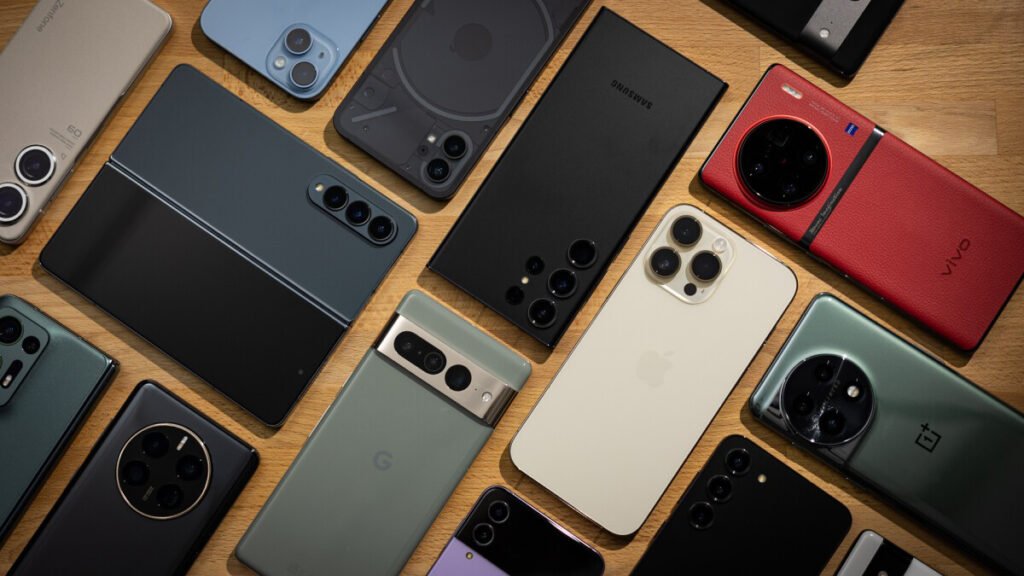The evolution of mobile phones has been a remarkable journey, transforming from simple communication devices into sophisticated, multifunctional gadgets that are integral to modern life. In this article, we will explore the significant milestones in the evolution of mobile phones from 2000 to 2024.
2000-2005: The Era of Feature Phones
During the early 2000s, the evolution of mobile phones was characterized by the widespread use of feature phones. These devices primarily focused on voice calls and text messaging but started to introduce more advanced features.
2000: Nokia 3310
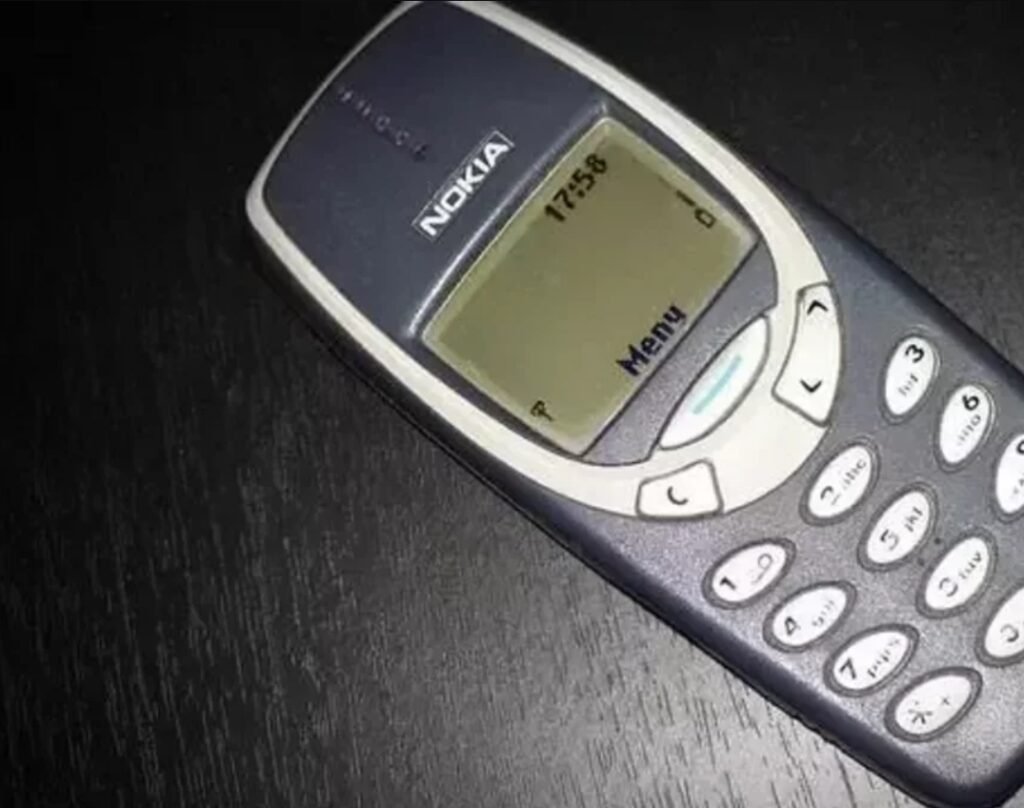
The Nokia 3310, released in 2000, became one of the most iconic feature phones. Known for its durability, long battery life, and the addictive game Snake, the 3310 set the standard for mobile phones in the early 2000s. It featured a monochrome screen and T9 text input, making it user-friendly and highly reliable.
2002: Introduction of the BlackBerry

The BlackBerry 5810, launched in 2002, marked a significant step in the evolution of mobile phones. It was one of the first devices to offer mobile email, making it popular among business professionals. Its QWERTY keyboard and robust email capabilities laid the groundwork for the smartphone revolution.
2004: Motorola Razr V3
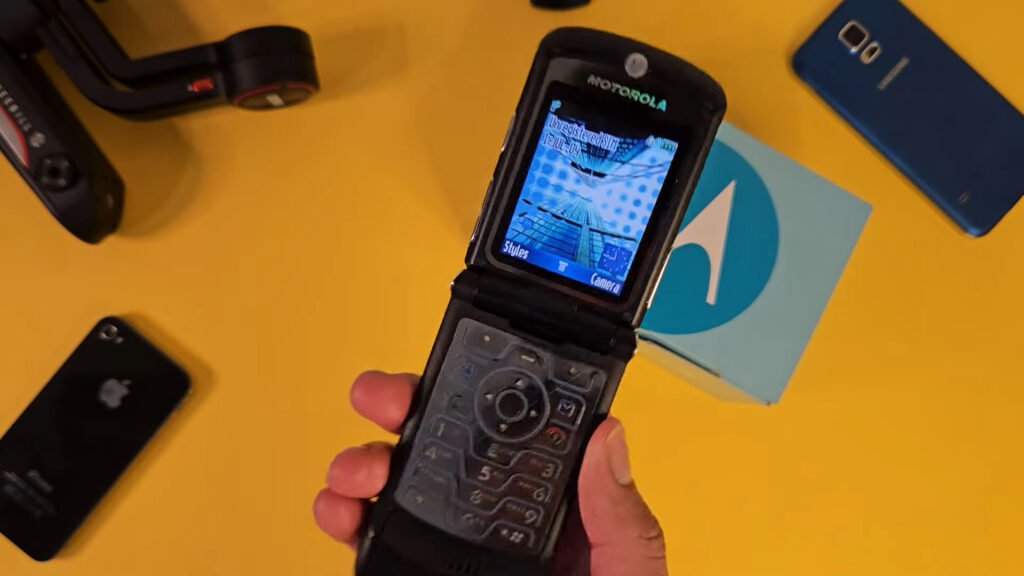
The Motorola Razr V3, released in 2004, was celebrated for its sleek design and became a fashion statement. Its thin profile and stylish look made it one of the best-selling clamshell phones of its time. The Razr V3 featured a VGA camera, a color screen, and a metallic keypad, setting a new standard for mobile phone aesthetics.
Key Developments:
- Polyphonic Ringtones: Enhanced personalization with more complex ringtones.
- Color Displays: Transition from monochrome to color screens, improving user experience.
- Basic Mobile Internet: Early versions of WAP (Wireless Application Protocol) allowed limited internet access.
- Customizable Features: Users could personalize their phones with interchangeable faceplates and downloadable ringtones.
2006-2010: The Dawn of Smartphones
The evolution of mobile phones took a significant leap forward with the introduction of smartphones. These devices offered advanced functionalities beyond simple communication.
2007: Apple iPhone
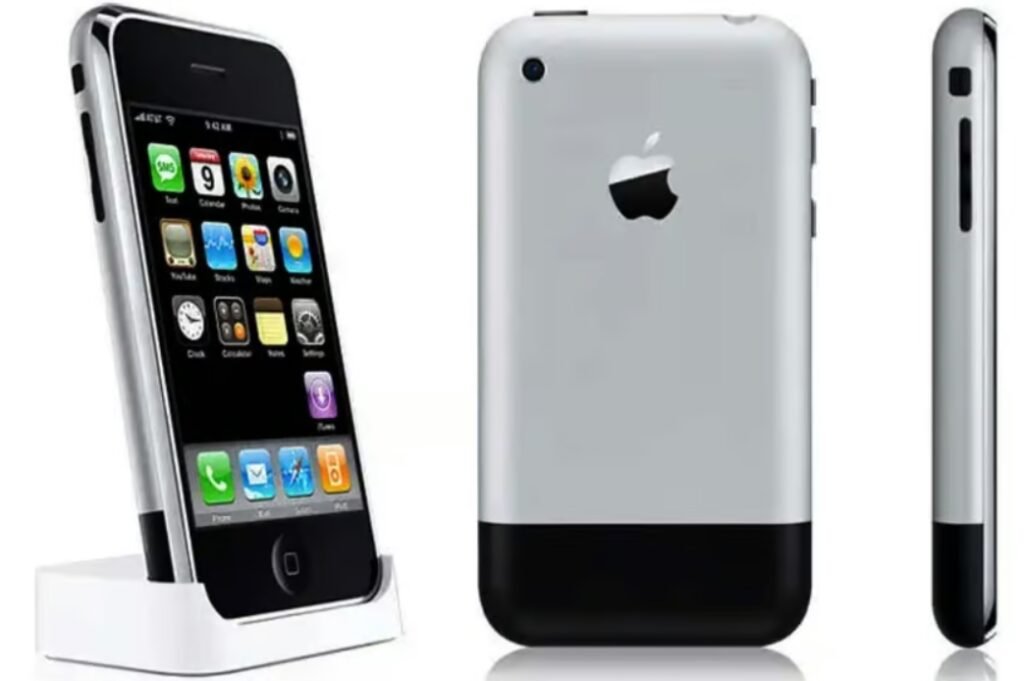
The release of the first Apple iPhone in 2007 marked a major milestone in the evolution of mobile phones. Featuring a capacitive touchscreen, a full web browser, and a user-friendly interface, the iPhone revolutionized how we interact with mobile devices. It integrated multimedia capabilities, internet connectivity, and a host of applications, setting a new standard for smartphones.
2008: Android Enters the Scene
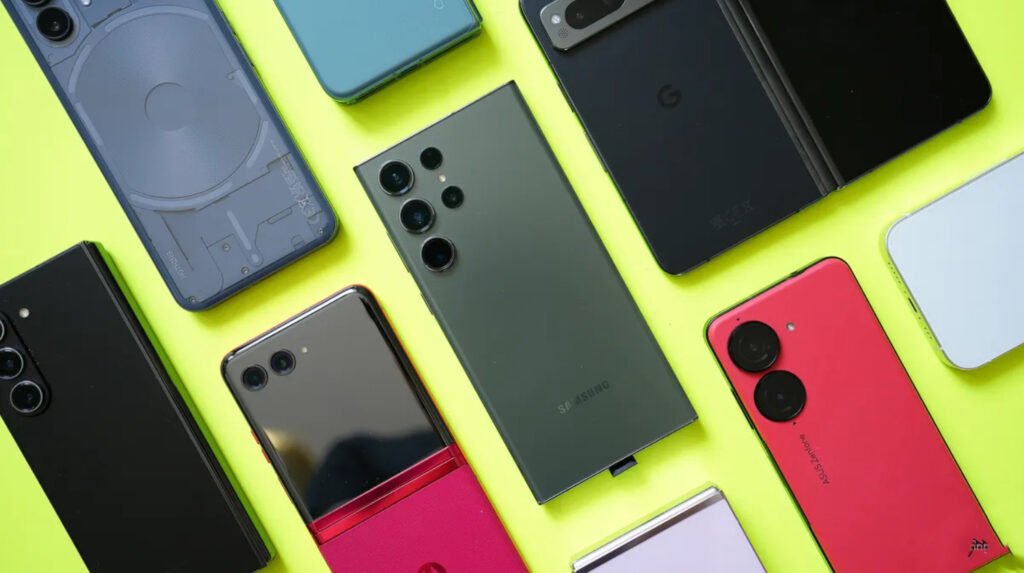
In 2008, Google launched the Android operating system with the HTC Dream (also known as the T-Mobile G1). Android’s open-source platform played a crucial role in the evolution of mobile phones, encouraging widespread adoption and innovation, leading to a diverse ecosystem of smartphones.
2010: Samsung Galaxy S
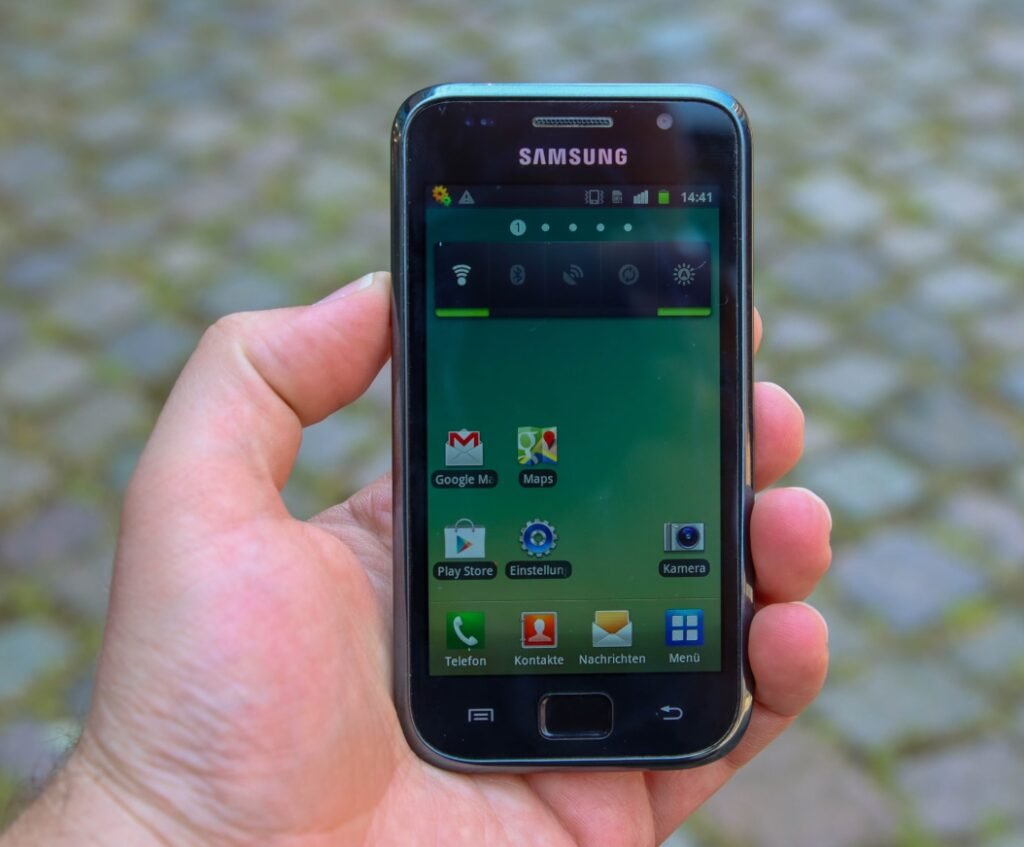
Samsung released the first Galaxy S in 2010, establishing the Galaxy series as a major competitor to the iPhone. The Galaxy S featured a vibrant Super AMOLED display and powerful hardware, setting new standards for Android smartphones and further advancing the evolution of mobile phones.
Key Developments:
- App Stores: The introduction of the Apple App Store and Google Play Store created a new ecosystem for mobile applications.
- Multitouch Technology: Enabled more intuitive and responsive touch interactions.
- Integrated Media Players: Smartphones began to replace MP3 players and digital cameras.
2011-2015: The Rise of Mobile Ecosystems
The evolution of mobile phones during this period was marked by the development of comprehensive ecosystems around smartphones.
2011: Siri and Voice Assistants
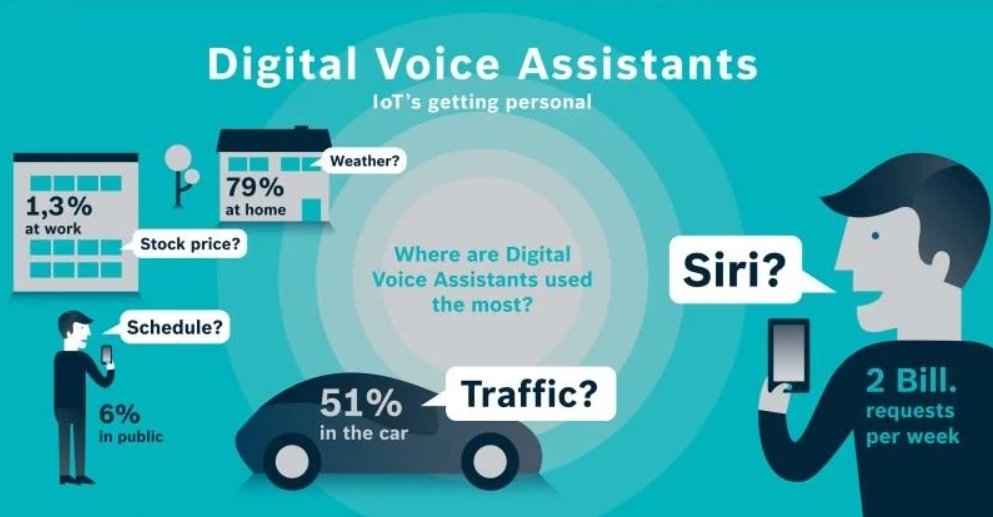
With the iPhone 4S in 2011, Apple introduced Siri, the first mainstream voice assistant. This innovation was a significant milestone in the evolution of mobile phones, paving the way for voice-activated personal assistants, now a standard feature on smartphones.
2012: Larger Screens and 4G LTE
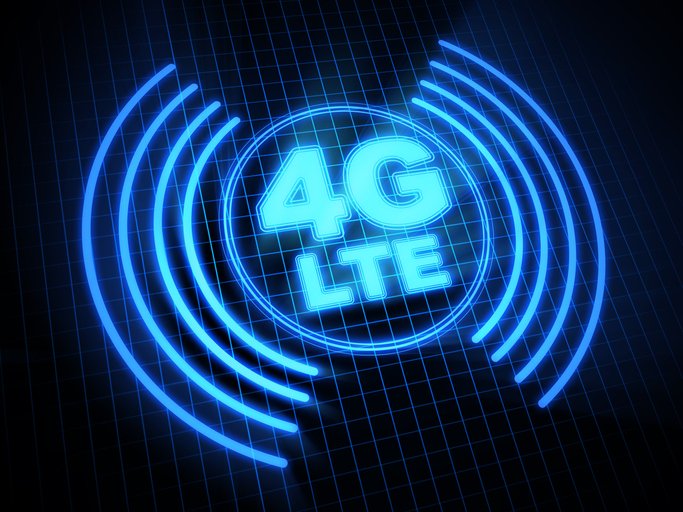
The Samsung Galaxy Note, launched in 2012, popularized the “phablet” form factor with its large 5.3-inch display. This era also saw the widespread adoption of 4G LTE networks, significantly improving mobile internet speeds and contributing to the evolution of mobile phones.
2014: Fingerprint Sensors and Mobile Payments
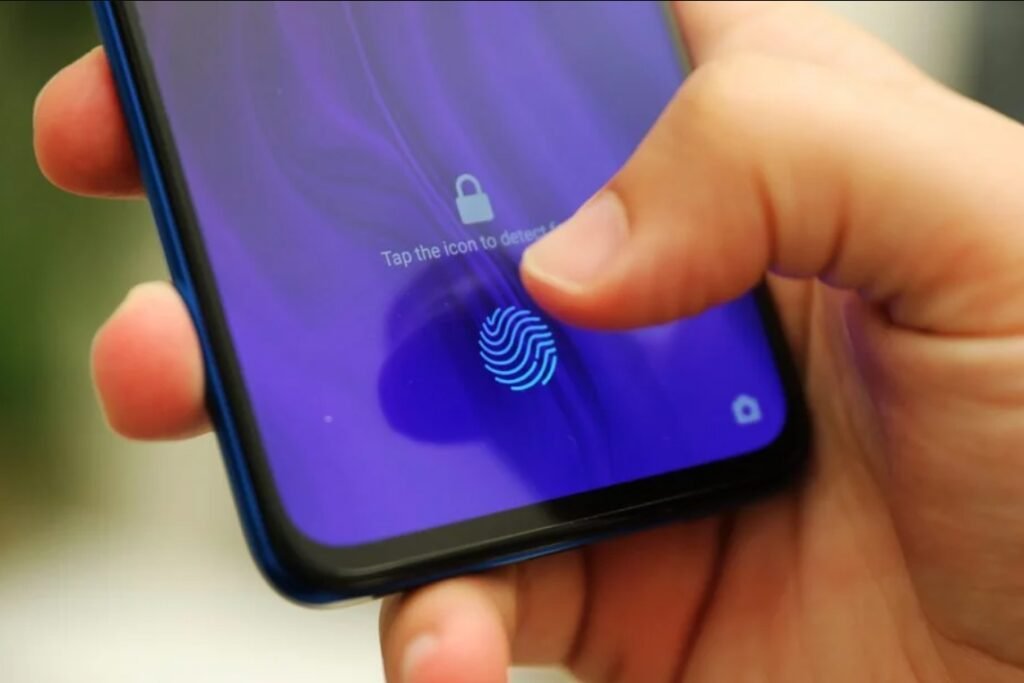
The introduction of Touch ID on the iPhone 5S in 2013 and Samsung’s implementation of fingerprint sensors in the Galaxy S5 in 2014 revolutionized mobile security. Apple Pay, launched in 2014, marked the beginning of mobile payment systems, further advancing the evolution of mobile phones.
Key Developments:
- Cloud Services: Integration with cloud services like iCloud and Google Drive for seamless data synchronization and storage.
- Health and Fitness Apps: Emergence of apps focused on health tracking and fitness.
- Improved Battery Life: Advances in battery technology extended smartphone usage times.
2016-2020: The Age of Artificial Intelligence and Advanced Cameras
The evolution of mobile phones continued with the integration of artificial intelligence (AI) and advanced camera systems.
2016: Dual Cameras and AI Integration
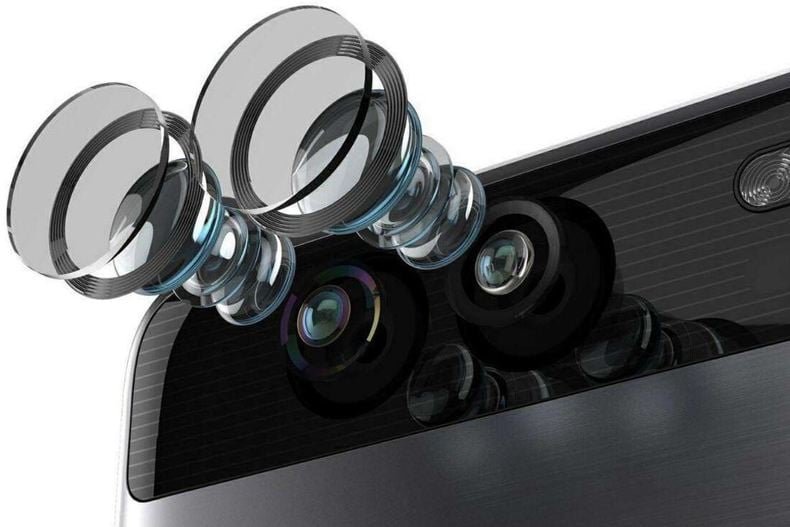
The iPhone 7 Plus in 2016 introduced dual-camera systems, enabling features like portrait mode. AI integration began to play a crucial role in enhancing smartphone functionalities, from photography to personalized user experiences.
2017: Bezel-less Displays
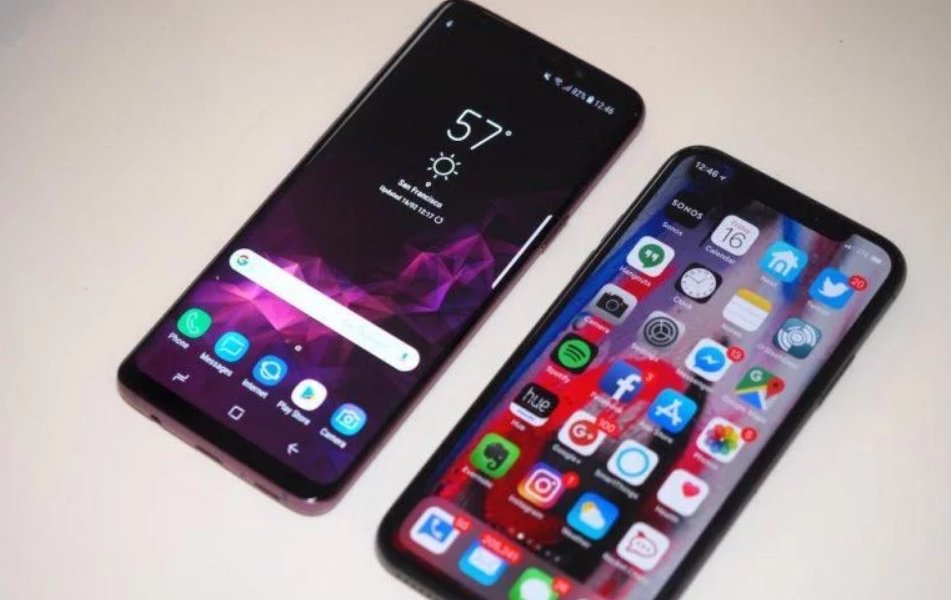
The Samsung Galaxy S8 and the iPhone X, both released in 2017, ushered in the era of bezel-less displays. The iPhone X also introduced Face ID, a facial recognition system that enhanced security and convenience, marking another significant step in the evolution of mobile phones.
2019: Foldable Phones
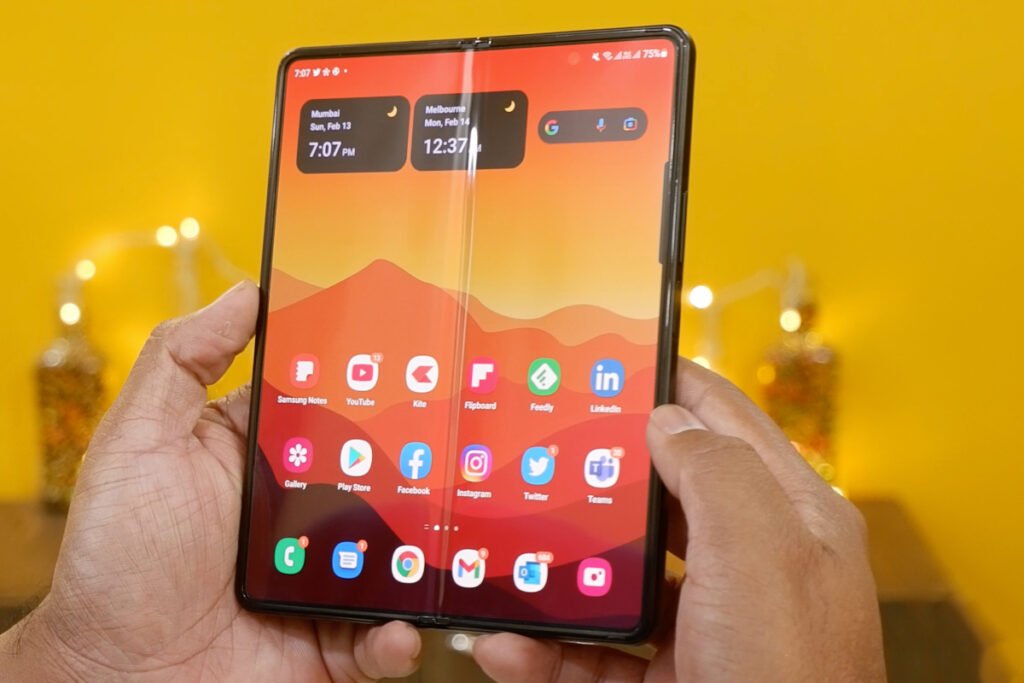
Samsung’s Galaxy Fold and Huawei’s Mate X, launched in 2019, marked the beginning of foldable smartphones. These devices featured flexible screens that could be unfolded to provide a larger display area, blending the portability of a phone with the functionality of a tablet.
Key Developments:
- Augmented Reality (AR): Integration of AR capabilities for enhanced gaming and practical applications.
- Wireless Charging: Widespread adoption of Qi wireless charging standards.
- Enhanced Security: Introduction of advanced biometric security methods, including facial recognition and in-display fingerprint sensors.
2021-2024: The Era of 5G and Beyond
The evolution of mobile phones in the early 2020s was characterized by the widespread adoption of 5G technology and further advancements in AI.
2021: 5G Becomes Mainstream

By 2021, 5G networks had become widely available, offering significantly faster data speeds and lower latency. This technology enabled new applications in augmented reality (AR), virtual reality (VR), and the Internet of Things (IoT), further advancing the evolution of mobile phones.
2022: Advancements in Computational Photography
Smartphones like the Google Pixel 6 and iPhone 13 Pro pushed the boundaries of computational photography. Advanced AI algorithms and powerful processors allowed for stunning photos and videos, even in challenging conditions.
2023: Sustainable and Modular Designs
In response to growing environmental concerns, companies like Fairphone and Shiftphone led the way in creating sustainable and modular smartphones. These devices are designed to be easily repaired and upgraded, reducing electronic waste.
2024: AI-Driven Personalization and Quantum Computing Integration
By 2024, AI-driven personalization had reached new heights, with smartphones offering highly customized experiences based on user behavior and preferences. Early integration of quantum computing technologies began to emerge, promising to revolutionize processing power and data security, marking a significant milestone in the evolution of mobile phones.
Key Developments:
- Enhanced Battery Technologies: New battery materials and fast-charging technologies extended battery life and reduced charging times.
- Seamless Integration with Ecosystems: Greater integration with smart home devices and wearables, creating cohesive digital environments.
- Privacy and Security Enhancements: Improved encryption methods and privacy-focused features to protect user data.
Conclusion
The evolution of mobile phones from 2000 to 2024 has been marked by rapid advancements in technology and design. From the humble feature phones of the early 2000s to the sophisticated, AI-driven devices of today, mobile phones have transformed into essential tools that shape our daily lives. As we look to the future, it is exciting to imagine the innovations that will continue to push the boundaries of what mobile technology can achieve.
